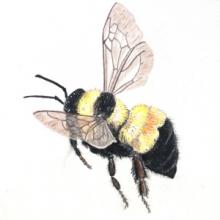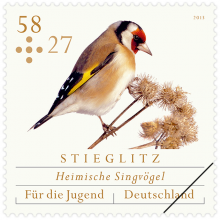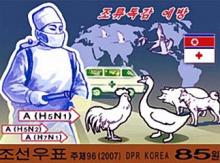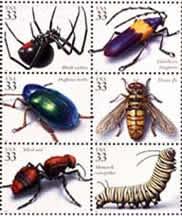Nearly 100% of U.S. corn acres are treated with clothianidin or thiamethoxam
New EPA documents have finally put hard numbers to the use of neonicotinoid insecticides, which have quietly grown to dominate corn and soybean acreage in the U.S. over the past five to six years. Now pollinator and aquatic risk assessments on three neonicotinoids released on Jan. 12 revealed what many have long suspected: the chemicals are everywhere. EPA estimated that 42 million to 61 million acres of corn are treated with clothianidin annually (45% to 65% of all U.S. corn acres), and 24 million to 42 million acres of corn are treated with thiamethoxam (26% to 45% of all U.S.










